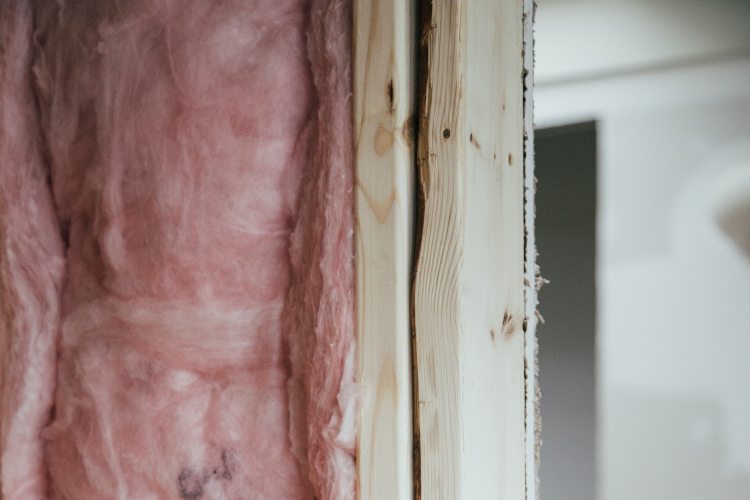A Guide to Garage Insulation Types

An integral garage with an automatic door is a real convenience that many families would be reluctant to part with but such a garage can also be a major money drain if it is not properly insulated. A poorly insulated garage will suck the warmth from adjacent rooms and drive up your winter heating bills. To help you tackle this issue before it costs you a fortune, our garage door repair and installation techs have prepared a short guide to the most popular types of garage insulation available today.
Your Garage Insulation Choices
Some of the insulation options listed below can be used on your garage door, as well as on the walls and ceilings, while others are only suitable for one or the other. If you don’t want to install the insulation yourself, we recommend calling your local garage door installation and repair experts to see if they can do the job for you. Failing that, a local handyman should be capable of taking care of it for you.
- Cellulose– This is a very popular choice of insulation among those who are concerned about the environment, being made from recycled materials as it is. However, it can only really be installed by an experienced technician. First of all, holes in the walls and ceiling of your garage will need to be cut. Then, a special blower must be used to push the cellulose-insulating material into the wall and ceiling cavities between the studs and joists. Another drawback of this option is you cannot use it in a garage with unfinished walls. Finally, it can’t be used to insulate your garage door either. As you can see, it’s far from the most convenient option on our list so unless you have a very strong reason for choosing it, we’d recommend considering one of the alternatives instead.
- Spray Foam– With an impressively high R-value (often over 20), spray foam insulation is deservedly popular across North America. When installed properly, it forms a very effective vapor barrier and helps to protect the structural integrity of the walls in which it is injected. However, because it is one of the most expensive options on our list, it is rarely chosen by homeowners who only use their garage for its original purpose: as a covered space in which to park their car. Unless you are converting it into additional living space, we wouldn’t recommend investing in spray foam insulation for your garage as it’s simply not an economical solution to the problem. The only exception to this recommendation is for those who install such insulation on a daily basis. If you can source and install it yourself, it may well be worth the cost.
- Rigid Foam– Available in large sheets that you can cut to size, rigid foam is the first option on our list that is suitable for the average home DIY enthusiast. If you can turn your hand to most jobs around the home, you won’t have many problems installing rigid foam insulation in your garage. For your wall and ceiling insulation, all you need to do is measure the spaces in between the studs and joists then cut the sheets accordingly. You can also simply cut them to the appropriate size for your garage door, before fixing them in place with any type of quality construction adhesive. Rigid foam performs superbly as an insulating material in garages and is far cheaper than either spray foam or cellulose. Furthermore, it can be used on your garage door as well as on the walls and ceilings, making it a more flexible and convenient solution than the previous two. Our garage door repair and installation technicians had no hesitation in giving rigid foam their seal of approval when asked.
- Reflective Foil– Sold in rolls that look very similar to the type of aluminum foil you may wrap leftover food in, radiant barrier reflective foil is very simple to install. You simply affix it to the walls and ceilings of your garage, where it will reflect any heat that is already in your garage, preventing it from being lost to the cold outside. Unlike rigid foam, it cannot be used for garage doors but because it is so cheap and easy to install, it is a popular option among homeowners across the country.
- Fiberglass– As far as the majority of homeowners may be concerned, we have left the best until last in our list of garage insulation options. Fiberglass insulation, which is available in rolls from any reputable DIY store, is affordable, relatively easy to install, and suitable for use on doors as well as in wall and ceiling cavities. If you decide to go for fiberglass, don’t forget to wear a mask, gloves, and long sleeves when you are installing it as it can be a powerful irritant.
If you live near our base in Loveland and you would like any more information on your insulation options, please feel free to drop in when you are passing or to call during business hours. Our garage door repair and installation technicians will be more than happy to provide you with the information you need and tell you all about our services in the area. We offer a full range of garage door installation, maintenance, and repair services in Loveland and the surrounding area so whatever your needs may be, we are sure to be able to help.
